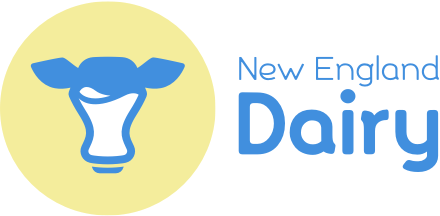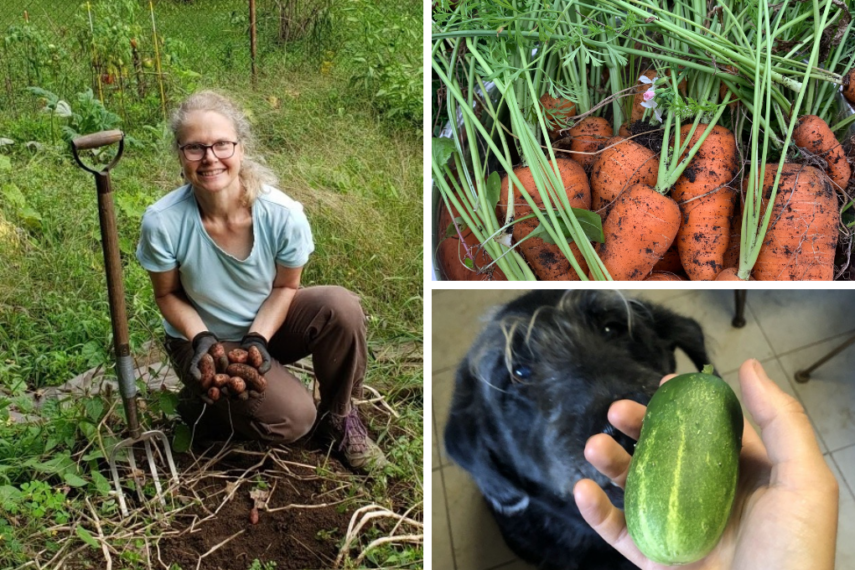
When it comes to building strong bones, what happens in childhood affects bone health in adulthood. That’s because there’s no other time in life when such an aggressive accumulation of bone mass occurs. During childhood, and up to about age twenty, bones are being built – their strength, density, and overall health. By thirty years of age, most adults will have what is called peak bone mass, or the most bone density they will ever have during their lifetime.
What Is Bone?
Bone is made up of protein, calcium, other minerals, and collagen. Collagen offers the framework for building bone, and calcium fills that framework. Calcium hardens bones and makes them strong. Collagen keeps bones flexible so they resist breaking. ¹ In the first twenty to thirty years of life, bones morph from being soft and pliable at birth to being strong, dense, and hard by adulthood.
How Does Bone Form?
According to the National Osteoporosis Foundation’s position paper, bones expand and lengthen by depositing minerals like calcium. ² This process starts during pregnancy and continues until the growth plates of the bones fuse – around age twenty – indicating full bone growth and development.
Bone modeling, or the process by which bone is shaped and reshaped during this growth phase, is sensitive to physical activity and diet. Bone mass is acquired slowly during childhood, but when puberty and the adolescent growth spurt hits, bone accumulation picks up pace.
Peak bone mass is a term used to describe the highest amount of bone gained during young adulthood. It’s also a time of greatest bone strength, which is a reflection of bone mass, density, and structural strength.
In girls, the peak amount of bone accumulation happens at around age thirteen, and for boys, around fourteen. Four years later, 95% of adult bone mass has been achieved. But bone density and bone strength can continue to build into the thirties. ²
Optimizing Bone Mass
The significance of peak bone mass is that it prevents fractures, in childhood and later. In kids, fractures happen more frequently than in adults. Their bones are more vulnerable before peak bone mass is attained. Did you know that up to one-half of boys and one-third of girls will have a bone fracture before age eighteen? Kids who experience a fracture before age four are at higher risk for fractures later on. ²
Even more interesting, the American Academy of Pediatrics’ Clinical Report on Optimizing Bone Health in Children and Adolescents reports that bone mass acquired early in life is the most important changeable factor for lifelong skeletal health. ³ About 10 million adults over age 50 struggle with osteoporosis, which significantly increases their risk of fractures.
The good news? We know exactly when to optimize bone: During childhood.
What You Can Do To Support Your Child’s Bones
The best evidence for helping children develop the strongest, densest bones is centered on calcium, vitamin D, dairy foods, and participating in physical activity. There is some evidence that other nutrients such as protein, phosphorus, zinc, and potassium may play a role, as well. ²
Calcium
According to the National Osteoporosis Foundation, including calcium in the diet of children, pre-teens, and teens is one of the best things you can do to ensure healthy bones are built. During the period of childhood and adolescence (ages 9-18 years), the need for calcium is at its highest in life—1,300 milligrams per day.
More than 99% of the body’s calcium is stored in the skeleton. Bones are a reserve of calcium that can be extracted and used, especially when calcium intake is low. When less calcium is consumed, the body’s normal functions, like muscle contractions which rely on calcium (hello, heart muscle!), won’t suffer. That’s because calcium is extracted from the bone “bank” during these times. But depleting this “bank” is tied to lower bone density and strength.
What Are Good Sources of Calcium for Children?
From plant foods to dairy, many food sources offer calcium. Calcium from dairy foods is bioavailable, a term that refers to how easy it is for the body to absorb and use calcium found in food.
Vegetables, on the other hand, like broccoli or kale, and other plant-based calcium foods also contain good amounts of calcium but they have elements like oxalates or phytates that interfere with calcium absorption. In other words, calcium is less bioavailable from these food sources.
Vitamin D
Vitamin D has a positive effect on bone accumulation in childhood. The role of vitamin D is to help bones absorb calcium. Studies show adequate blood levels of vitamin D must be present to effectively mineralize bone with calcium. Experts argue what this “optimal” level is, but the National Osteoporosis Foundation leans on 50 nmol/dL as the goal.
In the absence of adequate vitamin D, or when a vitamin D deficiency exists, children are at higher risk of low bone density, which as you’ve read, increases the risk of fractures.
Including foods with vitamin D, like fortified dairy products, fatty fish, and mushrooms that have been exposed to light, as well as vitamin D supplementation when needed, can improve a child’s bone density.
Dairy Foods
Dairy foods are an excellent source of bioavailable calcium. They also provide 12 other essential nutrients in one serving, making it much easier to meet other important nutrients for bone development, like protein, phosphorus, and vitamin D. Together, the nutrients in dairy foods and the food itself create a “dairy matrix” – which offers a more positive effect on bone development and health than one single nutrient.
In the category of foods, dairy has the most research support for positively influencing bone development in childhood. For instance, studies show that calcium from dairy foods has a greater effect on bone health than calcium from a supplement.
Milk and foods made from milk, like cheese, yogurt, and cottage cheese, are considered dairy.
Americans are encouraged to eat dairy foods every day as an easy way to meet their nutrient needs for healthy bones, especially in the preteen and teen years when children are aggressively building them.
Kids need anywhere from 2 to 3 cups of dairy foods or milk each day, depending on their age. ⁴ From food choices to encouraging your child to be physically active, there’s quite a bit you can do to promote strong, healthy bones during childhood.
Jill Castle is the author of Kids Thrive at Every Size (Workman 2024) and one of the nation’s premier childhood nutrition experts. She is the founder and CEO of The Nourished Child®, a nutrition education website and podcast for parents, and the author of books including Eat Like a Champion, Try New Food, The Smart Mom’s Guide to Starting Solids, The Smart Mom’s Guide to Healthy Snacking, and co-author of Fearless Feeding.
References:
1. Branch, N. S. C. and O. (2023, May 5). What Is Bone? National Institute of Arthritis and Musculoskeletal and Skin Diseases; NIAMS. https://www.niams.nih.gov/health-topics/what-bone
2. Weaver, C. M., Gordon, C. M., Janz, K. F., Kalkwarf, H. J., Lappe, J. M., Lewis, R., O’Karma, M., Wallace, T. C., & Zemel, B. S. (2016). The National Osteoporosis Foundation’s position statement on peak bone mass development and lifestyle factors: A systematic review and implementation recommendations. Osteoporosis International, 27(4), 1281–1386. https://doi.org/10.1007/s00198-015-3440-3
3. Golden, N. H., Abrams, S. A., COMMITTEE ON NUTRITION, Daniels, S. R., Abrams, S. A., Corkins, M. R., de Ferranti, S. D., Golden, N. H., Magge, S. N., & Schwarzenberg, S. J. (2014). Optimizing Bone Health in Children and Adolescents. Pediatrics, 134(4), e1229–e1243. https://doi.org/10.1542/peds.2014-2173
4. Dietary Guidelines for Americans, 2020-2025. (n.d.). 164.



